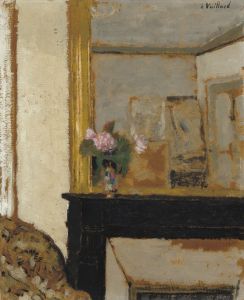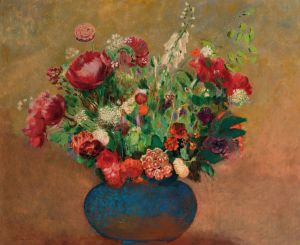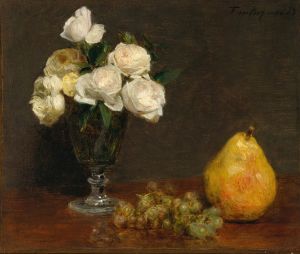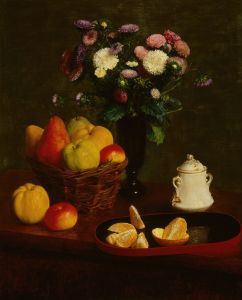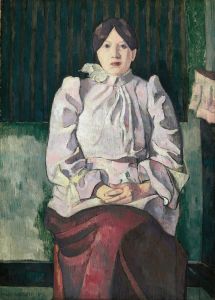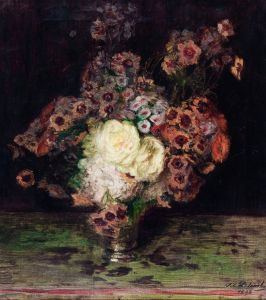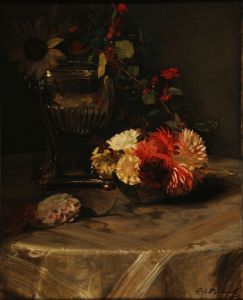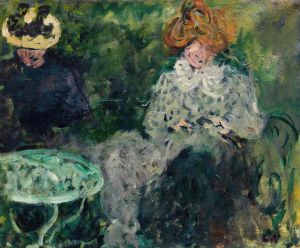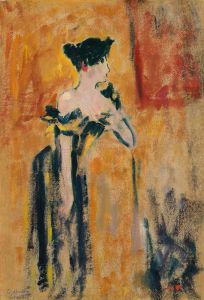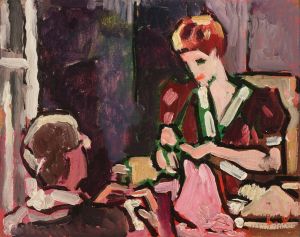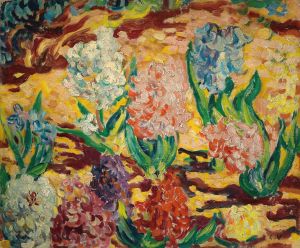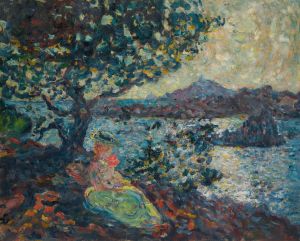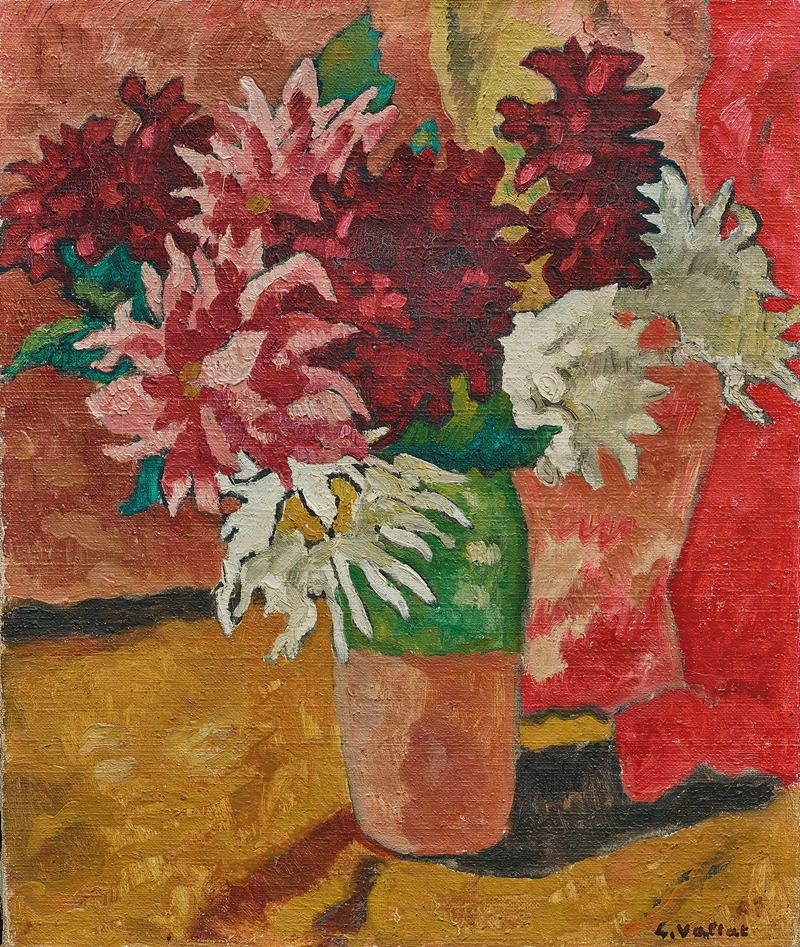
Bouquet de dalhias
A hand-painted replica of Louis Valtat’s masterpiece Bouquet de dalhias, meticulously crafted by professional artists to capture the true essence of the original. Each piece is created with museum-quality canvas and rare mineral pigments, carefully painted by experienced artists with delicate brushstrokes and rich, layered colors to perfectly recreate the texture of the original artwork. Unlike machine-printed reproductions, this hand-painted version brings the painting to life, infused with the artist’s emotions and skill in every stroke. Whether for personal collection or home decoration, it instantly elevates the artistic atmosphere of any space.
Louis Valtat (1869–1952) was a French painter associated with the Post-Impressionist and Fauvist movements. Known for his vibrant use of color and bold compositions, Valtat created works that often depicted landscapes, still lifes, and floral arrangements. One of his notable works is Bouquet de dahlias (Bouquet of Dahlias), which exemplifies his skill in capturing the beauty of nature through expressive brushwork and vivid hues.
Bouquet de dahlias is a still-life painting that showcases a bouquet of dahlia flowers, arranged in a vase. The composition highlights Valtat's characteristic style, which blends elements of Impressionism with the emerging Fauvist aesthetic. The painting is marked by its rich, saturated colors and dynamic interplay of light and shadow, emphasizing the texture and vibrancy of the flowers. Valtat's technique often involved the use of thick, textured brushstrokes and a focus on the decorative qualities of his subjects, which is evident in this work.
Valtat was deeply influenced by the artistic innovations of his contemporaries, including Pierre-Auguste Renoir, Paul Signac, and Henri Matisse. While he is sometimes associated with Fauvism, his work does not fully align with the movement's radical departure from representational art. Instead, Valtat maintained a balance between naturalism and abstraction, as seen in Bouquet de dahlias. The painting reflects his interest in capturing the essence of his subjects while experimenting with color and form.
The exact date of creation for Bouquet de dahlias is not widely documented, but it likely falls within the early 20th century, a period when Valtat was actively producing still lifes and floral compositions. During this time, he was living and working in the south of France, where the Mediterranean light and landscape greatly influenced his palette and artistic approach.
Valtat's floral paintings, including Bouquet de dahlias, are celebrated for their decorative appeal and emotional resonance. They demonstrate his ability to transform everyday subjects into works of art that convey both beauty and vitality. Today, his works can be found in various museums and private collections around the world, though he remains a somewhat lesser-known figure compared to other artists of his era.
Due to limited documentation on specific details about Bouquet de dahlias, such as its current location or provenance, further research may be required to provide a more comprehensive account of the painting's history. However, it remains an important example of Valtat's contribution to modern art and his mastery of color and composition.





